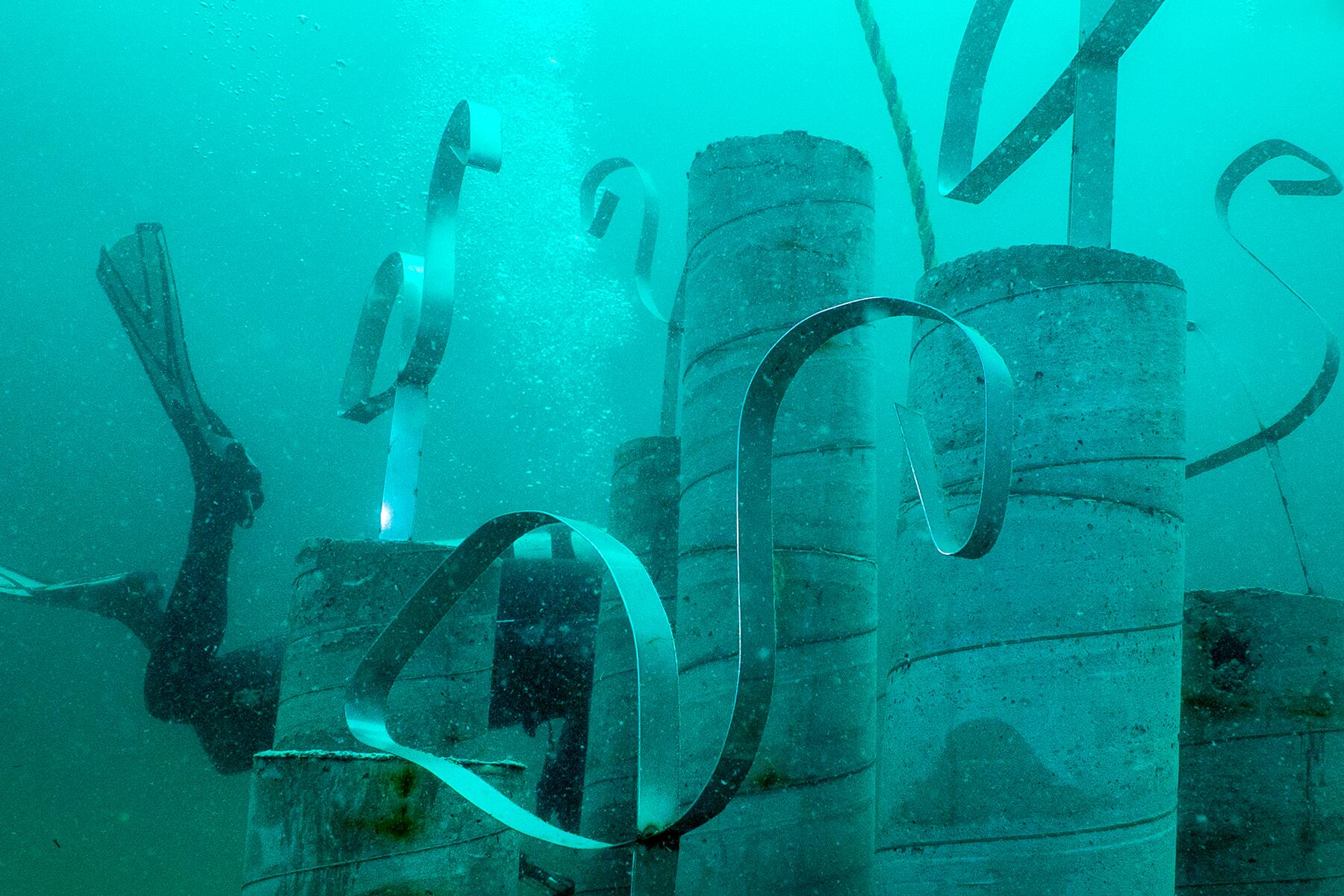Meet the pride of the Panhandle: the first underwater sculpture garden.
The next time you get an itch for art, slip on your flippers, grab an oxygen tank, and head to Grayton Beach in South Walton to experience the Underwater Museum of Art, the first underwater sculpture garden in the U.S. The permanent exhibit and marine life habitat is home to jury-selected works of large-scale, sunken art. Over time fish and other sea critters turn these sculptures into living reefs making them ideal spots for divers seeking a unique twist on open water diving. Sculptures on display range from a giant, SpongeBob approved pineapple to an over six-feet-tall diamond ring. While the little known attraction marries culture, marine habitats, and diver intrigue, it’s also exclusive to South Walton, making it a must-see stop between long stints of tanning under the rays of Floridian sun.




